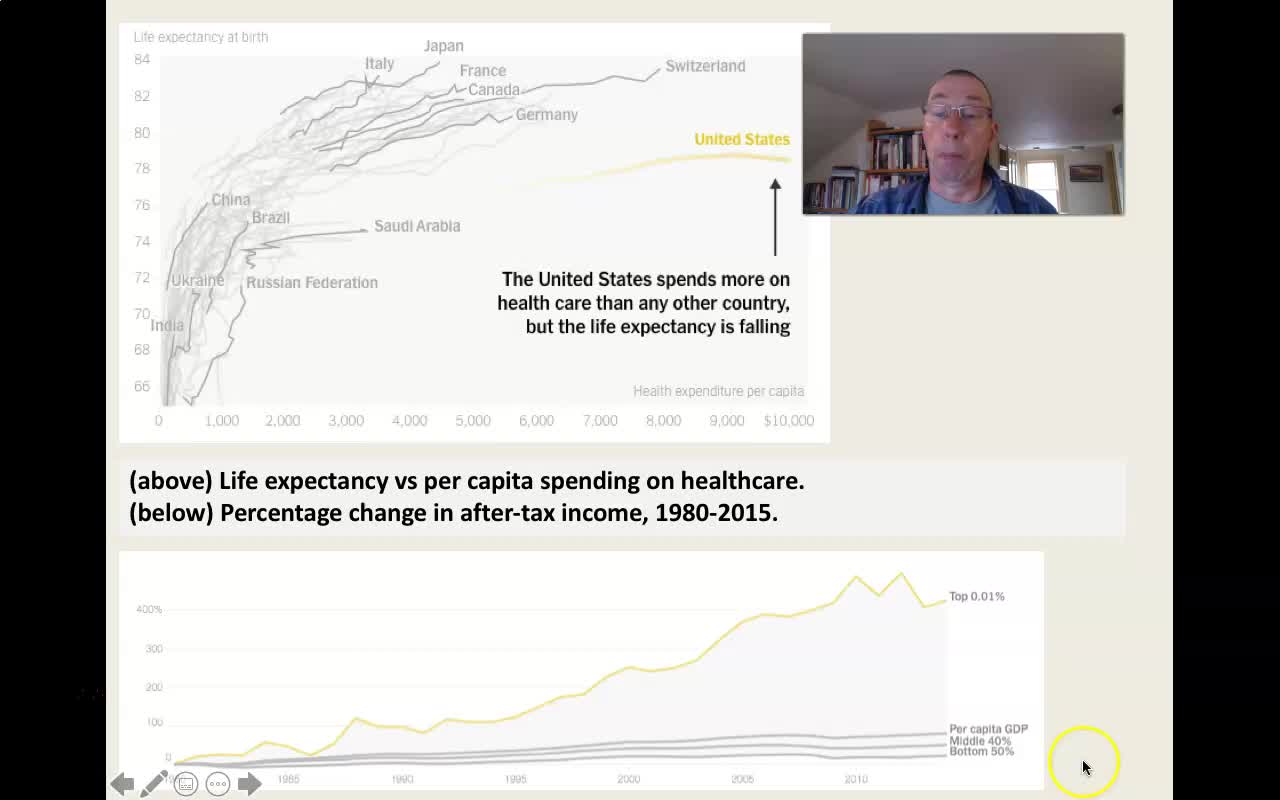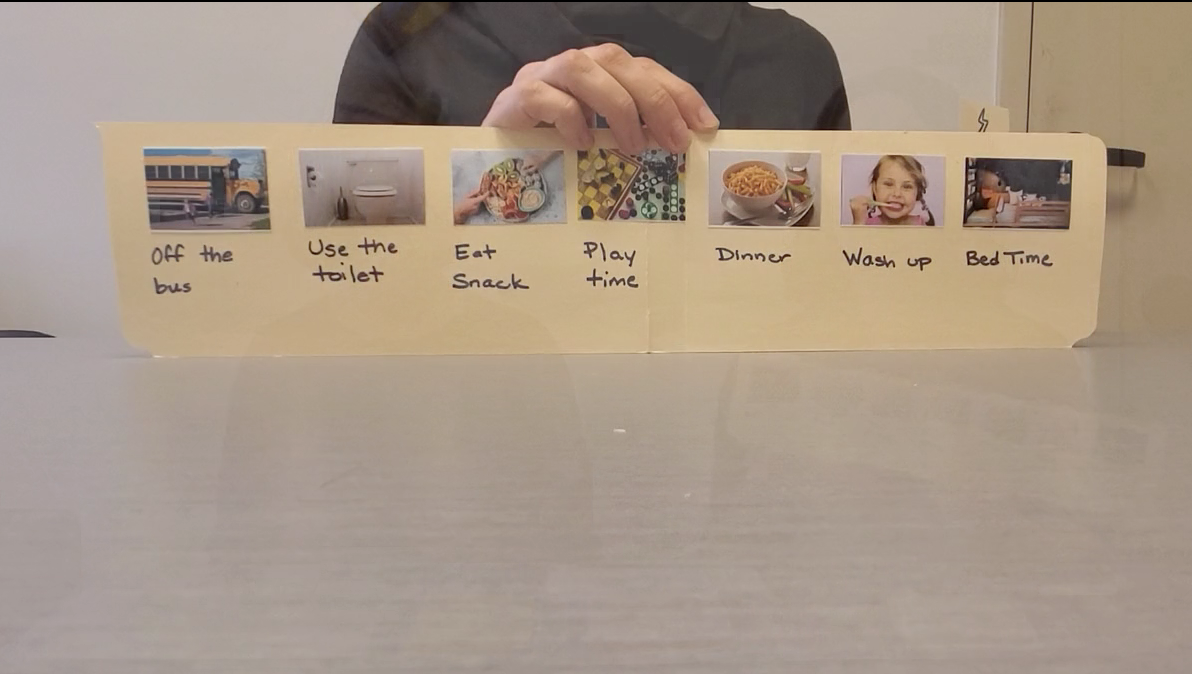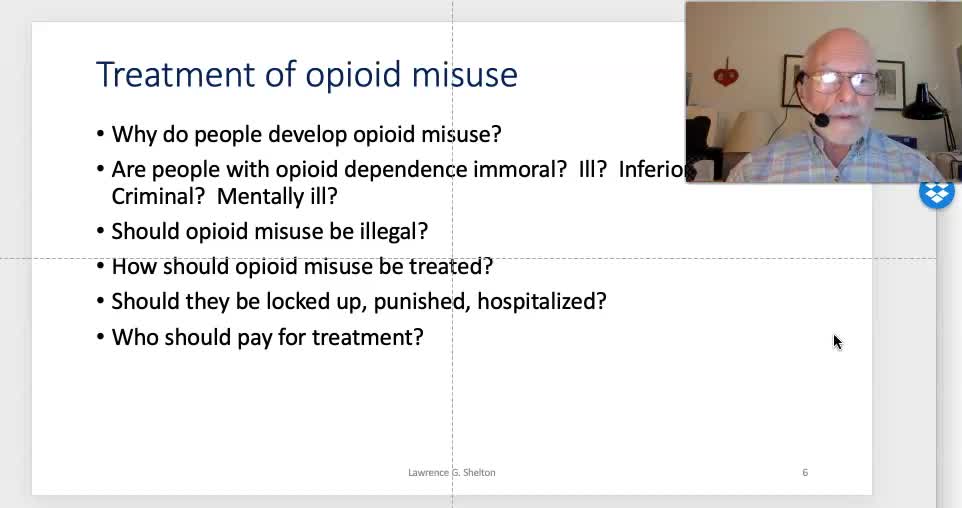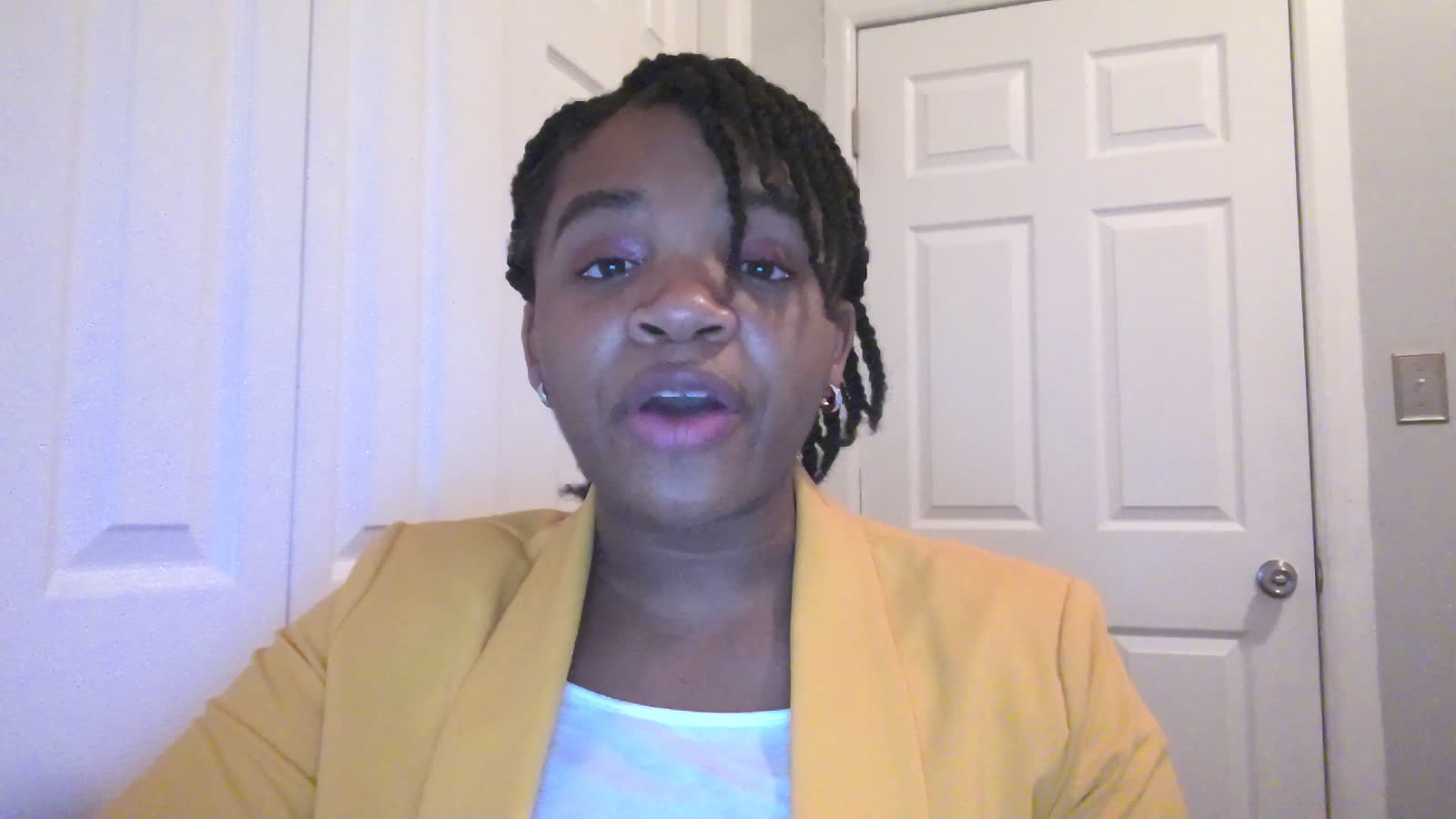Search Results
Results for: 'Public Health Projects'

Beyoncé and Behavioral Economics
Today Beyoncé is our tour guide through the basic principles of behavioral economics and health behaviors.

GRS001#34_CoronavirusPandemic_2
Second lecture on economic, social and political consequences of coronavirus pandemic

Lecture discussing Covid-19 pandemic and offering some general conclusions to the course.

This video reviews easy to make visual supports families can use during toileting and instructions on how to make them. The Continence Project believes the mastery of toileting skills promotes inclusion at home, school, and in the community. We be...

Professor Shelton discusses the macrosystem beliefs and values underlying several current social issues, including racism, police reform, universal health care, and opioid misuse.

Learning Readiness #2 Gold, R., & Evans, M. (2020, Sep 17). Why did covid overwhelm hospitals? A yearslong drive for efficiency; health systems have kept a tight rein on employee numbers and expanded outpatient care, helping their finances but ...

As late summer progresses so-called late-season defoliators are beginning to become visible in Vermont woods. Two such insects are maple leaf cutter and maple trumpet skeletonizer. The first report of damage from maple leaf cutter was in 1911 when...
